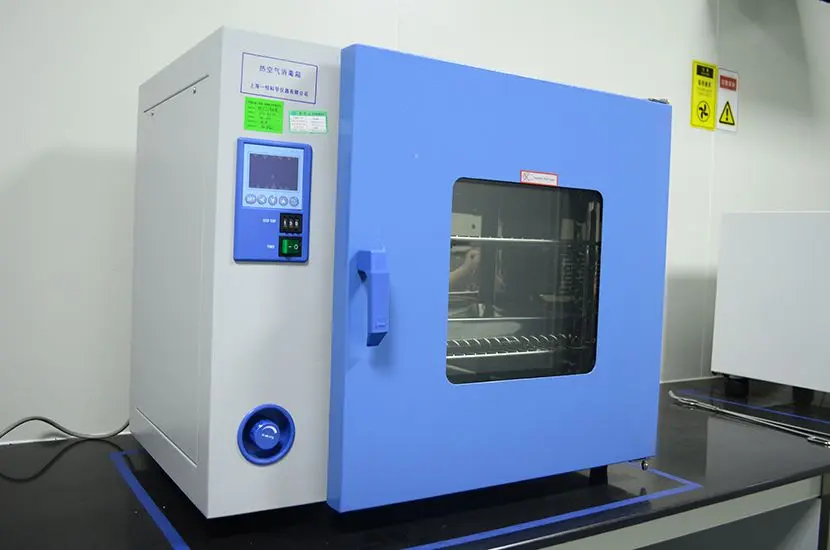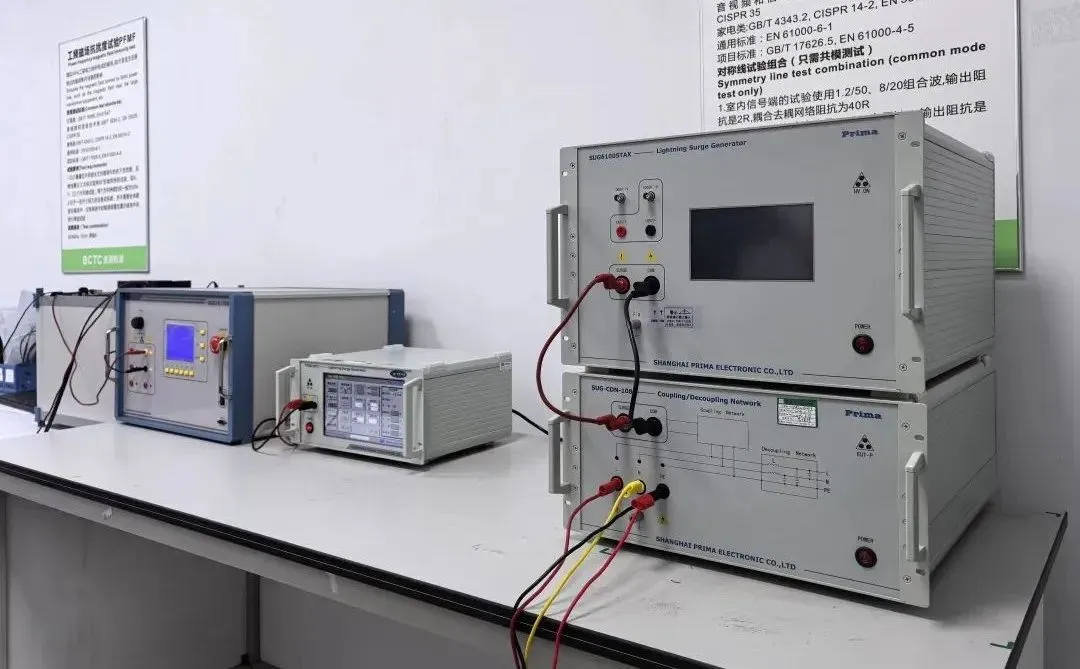
Environmental Reliability Tests for Electronics
Reliability testing of electronic products is used to determine their reliability characteristics under various environmental conditions during operation or storage. These tests provide valuable data for usage, production, and design, and help identify issues related to design, raw materials, and manufacturing processes. Through failure analysis, quality control, and other feedback mechanisms, product issues can be gradually resolved, thereby improving overall reliability.
I. Main Categories of Reliability Tests
1. Climatic Environmental Tests
a. High and low temperature tests
b. Temperature cycling tests
c. Rapid temperature change tests
d. IP (Ingress Protection) rating tests
2. Salt Spray Tests
a. Neutral salt spray
b. Acidic salt spray
c. Copper-accelerated salt spray
d. Cyclic salt spray
e. Alternating salt spray
3. Mechanical Tests
a. Vibration tests (random and sweep frequency)
b. Mechanical shock tests
c. Drop tests
d. Combined environment tests (three comprehensive tests)
4. Mechanical Performance Tests
a. Tensile strength
b. Flexural strength
c. Compressive strength
d. PendULum impact test
5. Thermal Performance Tests
a. Heat deflection temperature
b. Vicat softening point
c. Melt flow index
6. Electrical Performance Tests
a. Dielectric strength
b. Insulation resistance
c. Contact resistance
d. Voltage drop
7. Material Tests
a. Xenon arc aging test
b. Fluorescent UV aging test
c. Shore hardness
d. Pencil hardness
e. CheMICal resistance
f. Color difference
g. Glossiness
h. Adhesion
II. Classification Methods for Reliability Testing
1. By Environmental Conditions:
a. Simulated stress testing under various conditions
b. On-site testing
2. By Test Type:
a. Environmental testing
b. Life testing
c. Accelerated testing
d. Special-purpose testing
3. By Test Objective:
a. Screening tests
b. Qualification tests
c. Acceptance tests
4. By Test Nature:
a. Destructive tests
b. Non-destructive tests
III. Sample Reliability Test Descriptions
1. Low Temperature Operational Test
The test sample is first poweRED on and run through diagnostic procedures for an initial check. While powered off, the chamber temperature is gradually lowered to 0°C. Once stabilized, the device is powered on and operated for 5 hours. After testing, the chamber is returned to room temperature, and the sample is left to stabilize for 2 hours under normal atmospheric pressure.
Recommended Acceptance Criteria:The device must function and operate normally, with no visible defects.
2. Low Temperature Storage Test
The sample is placed in a low-temperature chamber set to -20°C and stored for 16 hours without being powered. After removal, it is left at room temperature for 2 hours, then powered on and tested. To prevent frost or condensation, the sample may be sealed in polyethylene film or include a desiccant.
Recommended Acceptance Criteria:The device must function and operate normally, with no visible defects.
3. High Temperature Operational Test
The test sample undergoes initial diagnostics. While powered off, the chamber is heated to 40°C. Once stable, the device is powered on and tested for 5 hours. After testing, the chamber returns to room temperature, and the sample stabilizes for 2 hours.
Recommended Acceptance Criteria:The device must function and operate normally, with no visible defects.
4. High Temperature Storage Test
The sample is stored in a chamber at 55°C for 16 hours without being powered. Afterward, it is brought back to room temperature and stabilized for 2 hours.
Recommended Acceptance Criteria:The device must function and operate normally, with no visible defects.
In practice, due to the differences in product characteristics and usage environments, specific test items may be adjusted or added accordingly to validate whether a product can perform reliably over the long term in its intended environment.
Email:hello@jjrlab.com
Write your message here and send it to us
 European Authorized Representative for Medical Dev
European Authorized Representative for Medical Dev
 Low Voltage Testing Services
Low Voltage Testing Services
 Constructive Playthings Foam Block Toys Safety Sta
Constructive Playthings Foam Block Toys Safety Sta
 Prop 65 Textile Testing
Prop 65 Textile Testing
 Environmental Testing for Electronic Products
Environmental Testing for Electronic Products
 Food Packaging Testing Laboratories
Food Packaging Testing Laboratories
 What is CE Certification for Electrical Equipment?
What is CE Certification for Electrical Equipment?
 Requirements for EAC Declaration of Conformity (Do
Requirements for EAC Declaration of Conformity (Do
Leave us a message
24-hour online customer service at any time to respond, so that you worry!




